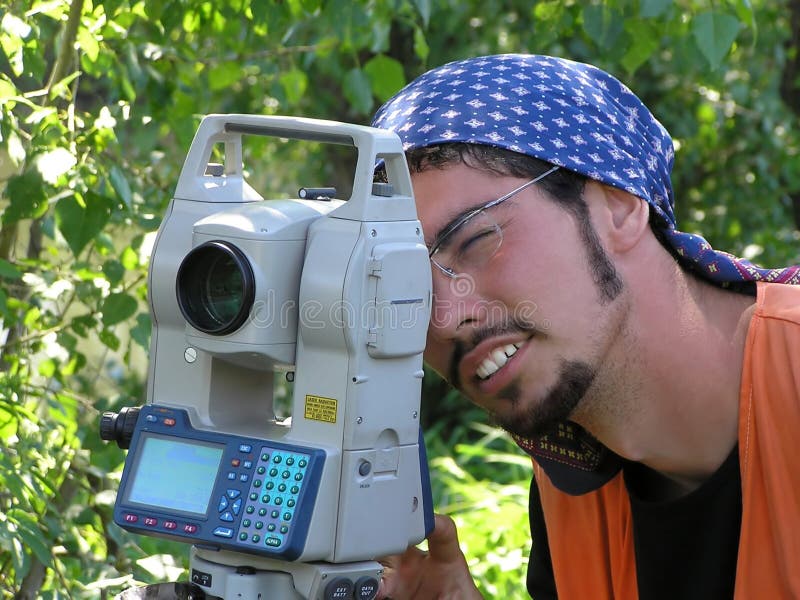Ever since ancient man decided that one piece of land would participate in one tribe and another parcel to another, there has been a need for land surveys. As the technology and means of mediation have definitely are more sophisticated over time, the basic need to define our boundaries remains. Every major civilization in the annals of the world utilized land surveying, some with more sophisticated and accurate results than others.
Among the first types of surveying by mathematical means was by the Egyptians. The Great Pyramid at Giza, build around 2700 BC, demonstrates their prowess and understanding of surveying techniques. When the Nile overflowed its banks and flooded the plains, the ancient Egyptians redrew boundary lines by using basic geometry. Also, an Egyptian Land register existed as soon as 3000 BC. Though miles before other civilizations of their own time when it comes to their surveying and irrigation techniques, nowadays we prefer a much more scientific method of marking boundaries rather than declaring "I swear by the great god that's in heaven that the proper boundary stone has been setup," when the boundary stones were replaced following the flooding waters of the Nile had receded.
Building upon the exemplory case of the Egyptians, the Romans went one step further and established Land Surveyor as an official position within the Roman Empire. These were called agrimensores, collectively referred to as Corpus Agrimensorum Romanorum and they performed various tasks throughout the Empire. These were remarkably thorough and precise within their methodology; they might create straight lines and right angles using simple tools. Once the lines were measured, they would create a furrow or perhaps a shallow ditch to represent the lines. Texts have been found which date as far back as the initial century AD, and some furrows created by them still exist today.
In England in 1086, William the Conqueror wrote the Domesday Book, which covered most of England and contained the names of the land owners, the volume of land they owned, the standard of said land, and specific information about each area's resources and peoples. As the breadth of information was impressive for the time, the technical surveying skills were lacking. The maps were not designed to scale and didn't accurately show locations.

It should not surprise anyone to learn that Napoleon Bonaparte was thinking about proper surveying. When you're attempting to conquer the known world, it helps to possess accurate maps. In 1908 he founded the cadastre, a comprehensive register of the property of a county, including ownership details, location as precisely as possible, and as much information regarding the value and using the land. It also included maps attracted to scale both at 1:2500 and 1:1250. Using Utility Surveys Craven spread quickly, but ran into problems in the more sparsely populated and disputed areas, since it needed to be updated every time anything changed. Napoleon felt that the establishment of the cadastre will be his greatest accomplishment in civil law.
Land surveying has a lot more applications today than in those of our predecessors. As our method of recording and preserving our history becomes more sophisticated, so do the means where we measure and record our boundaries and land.
